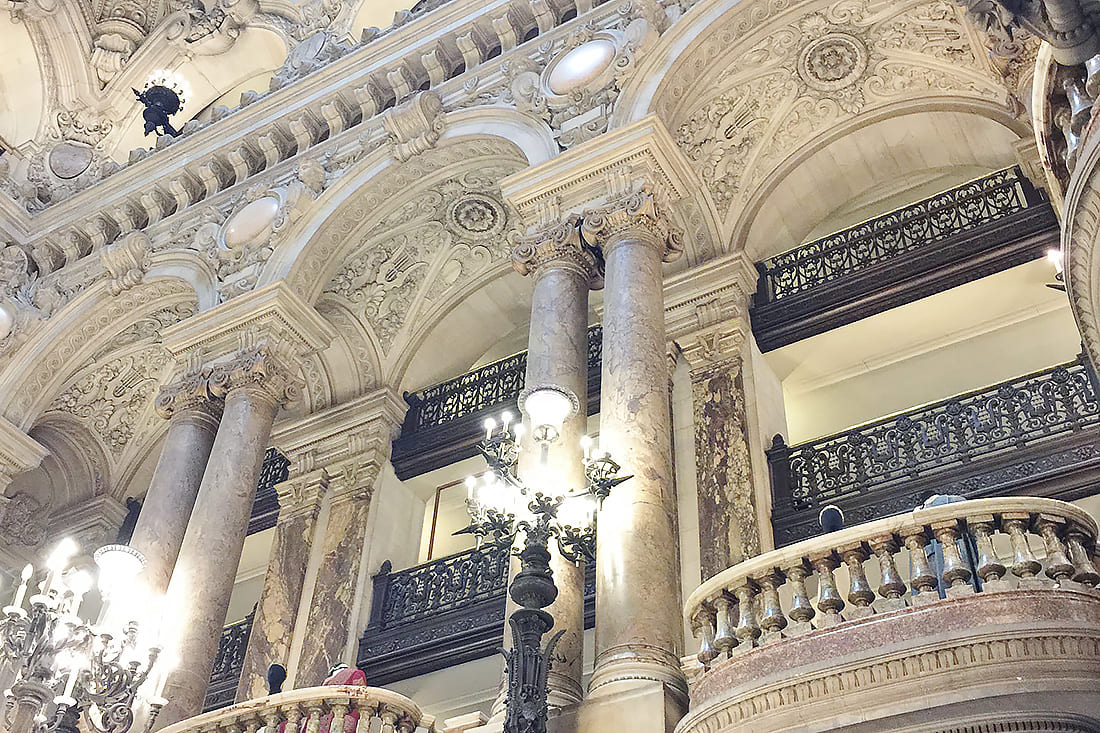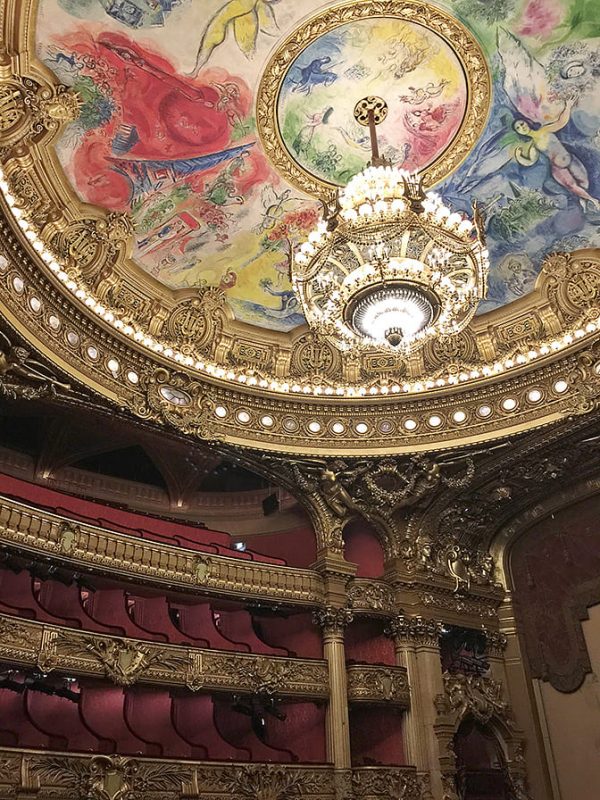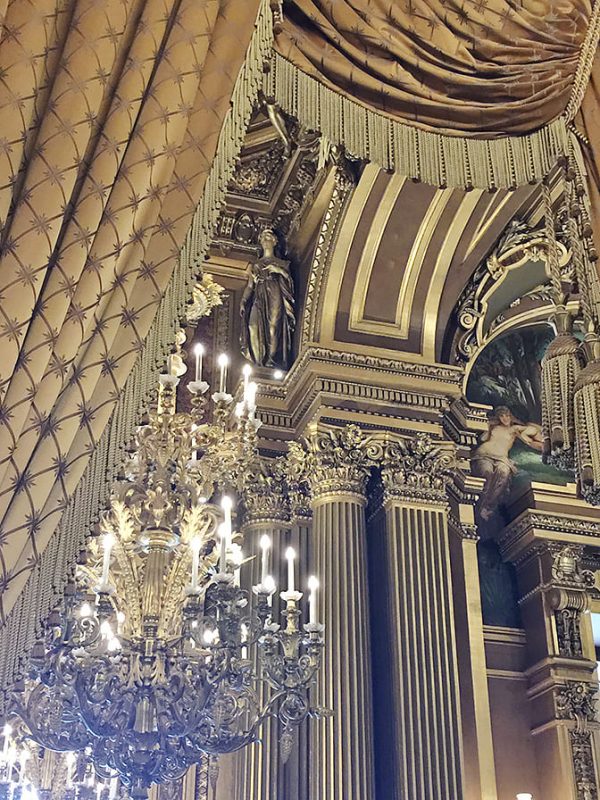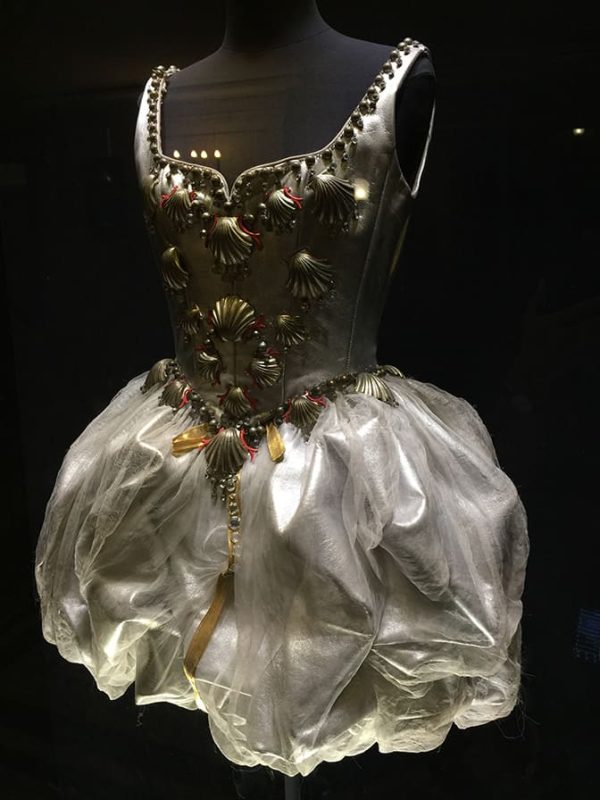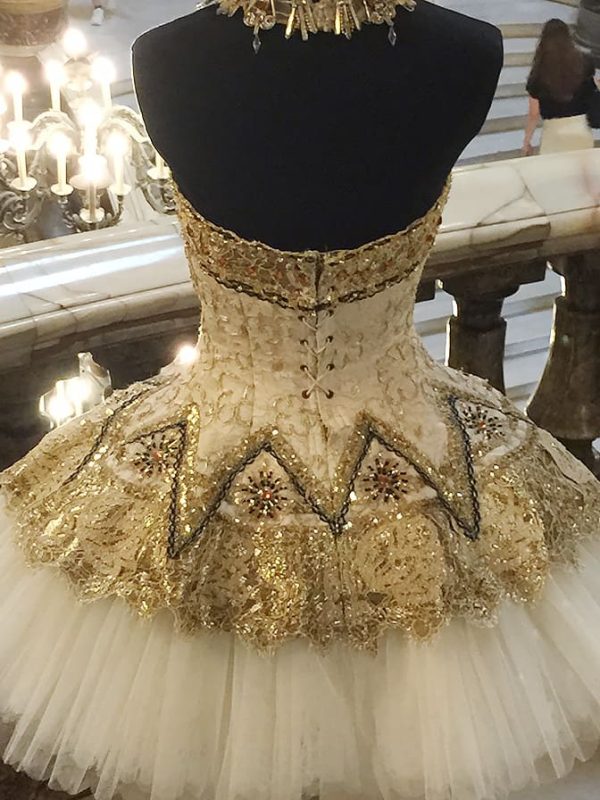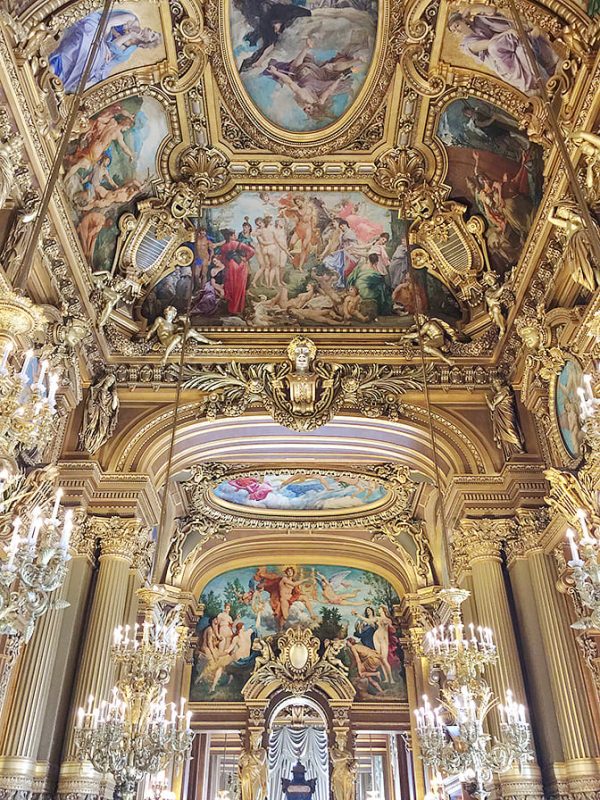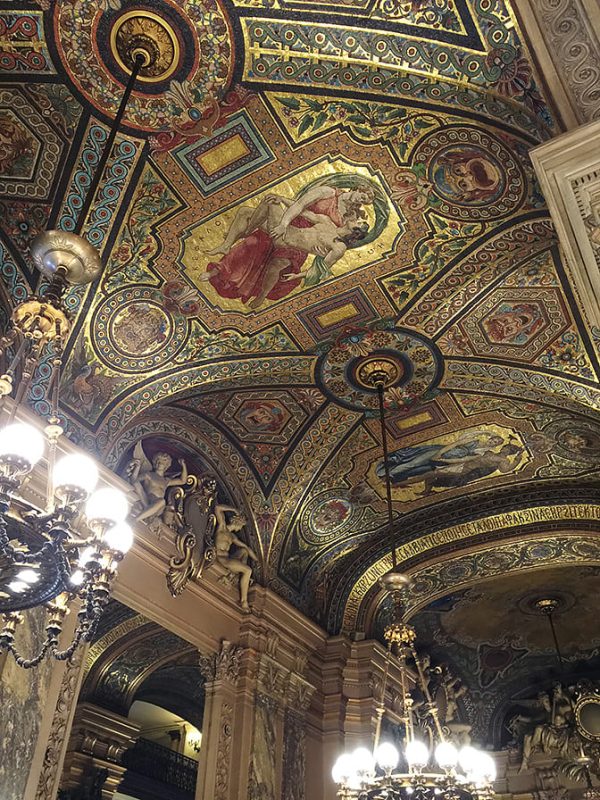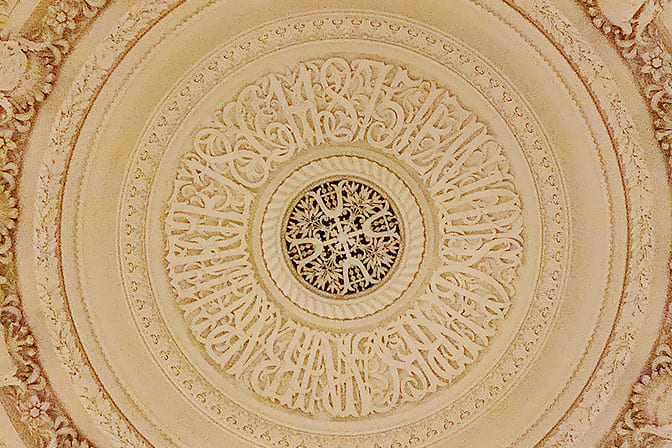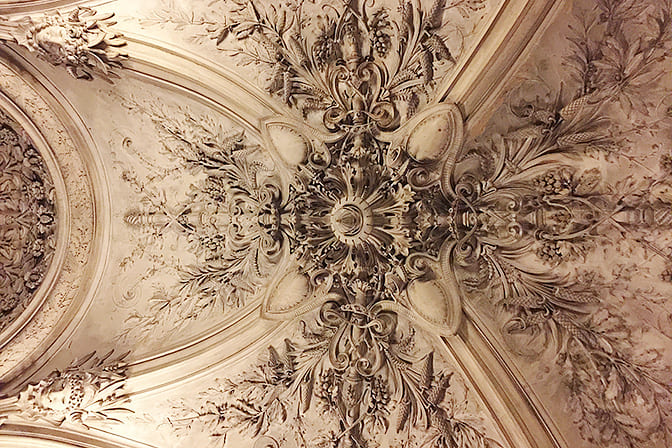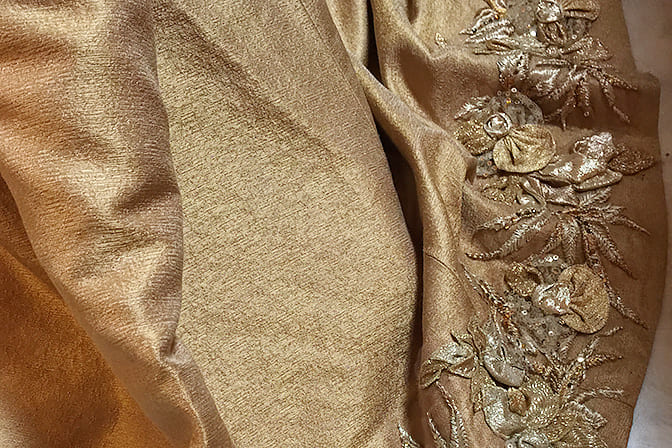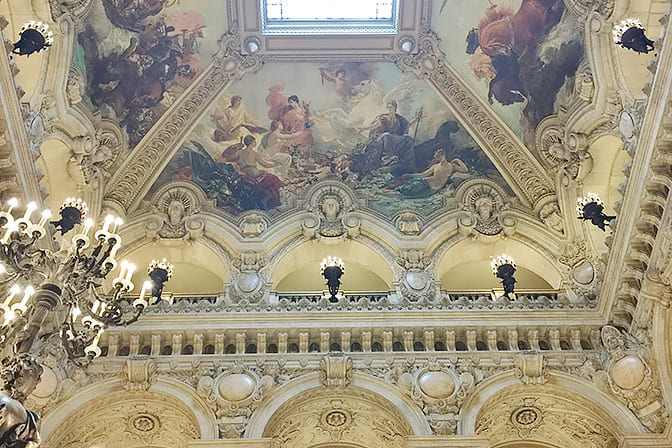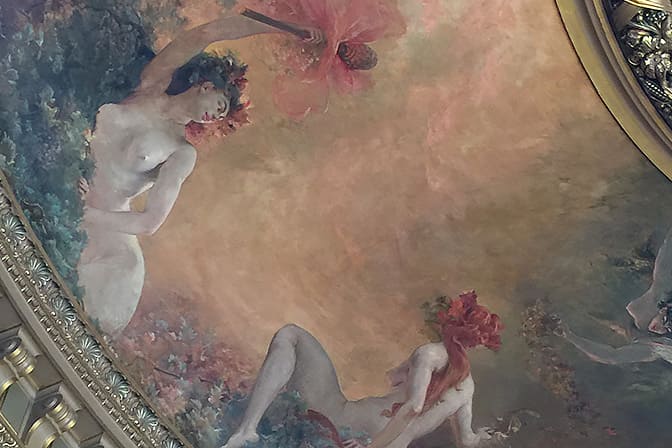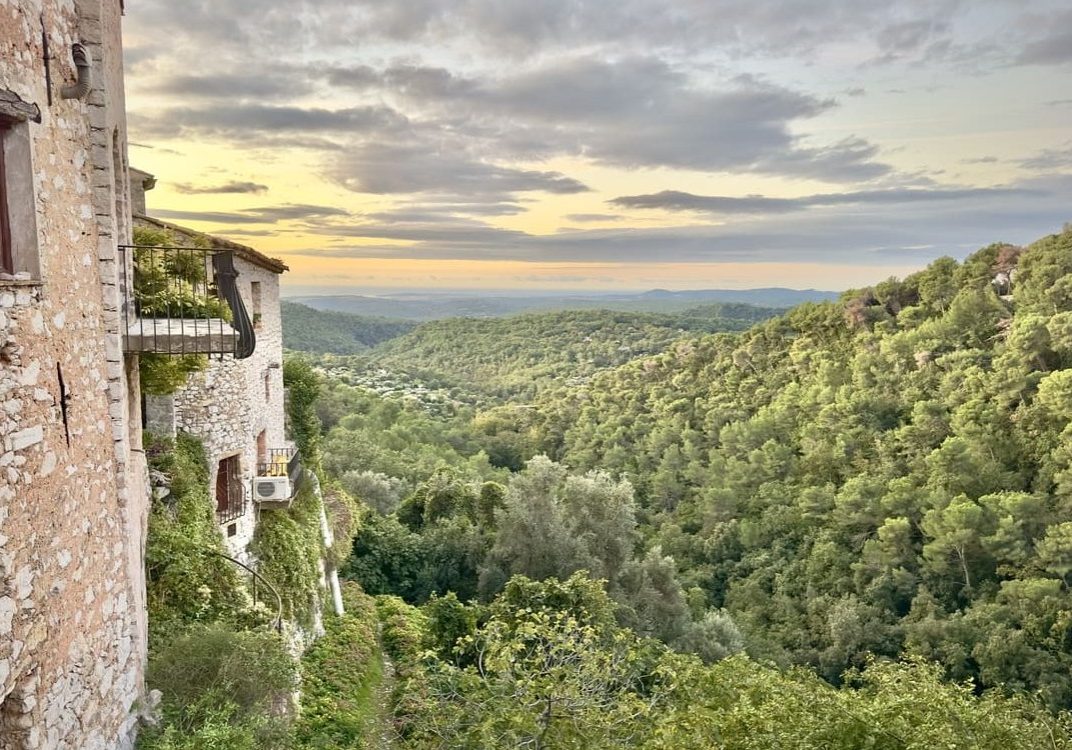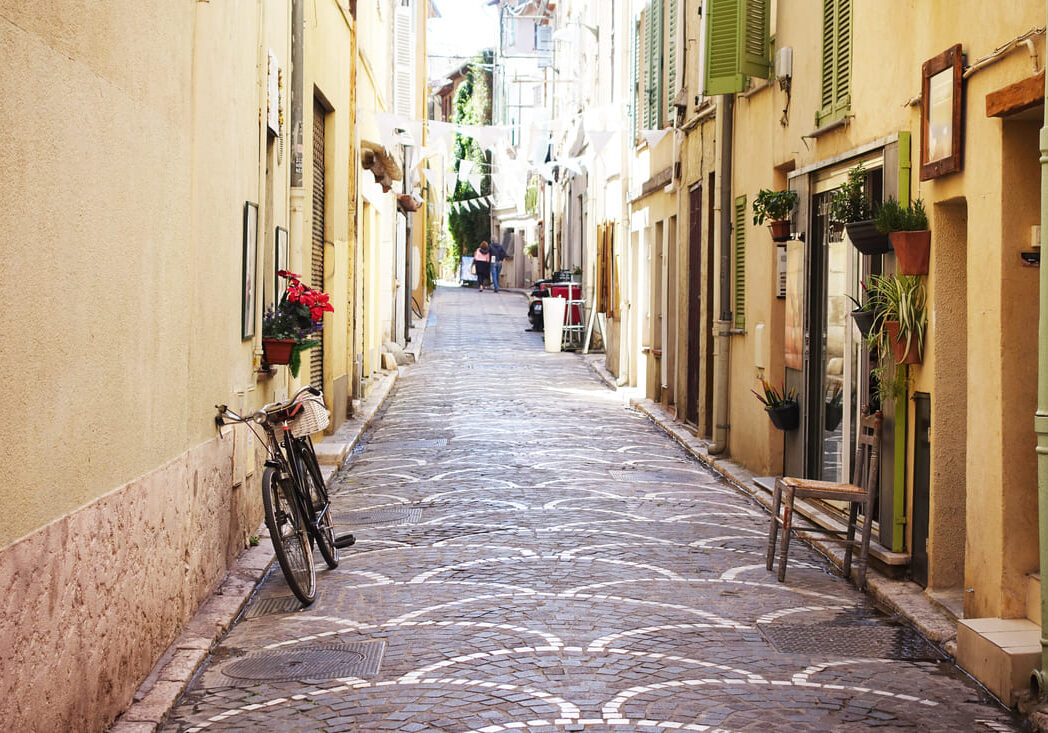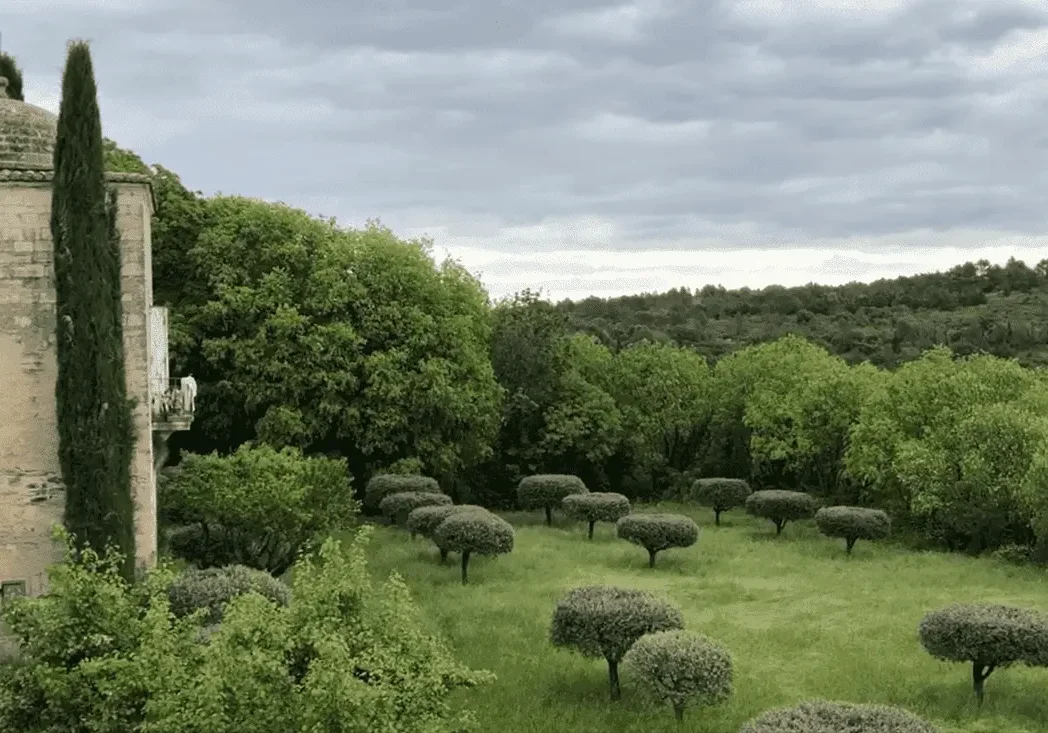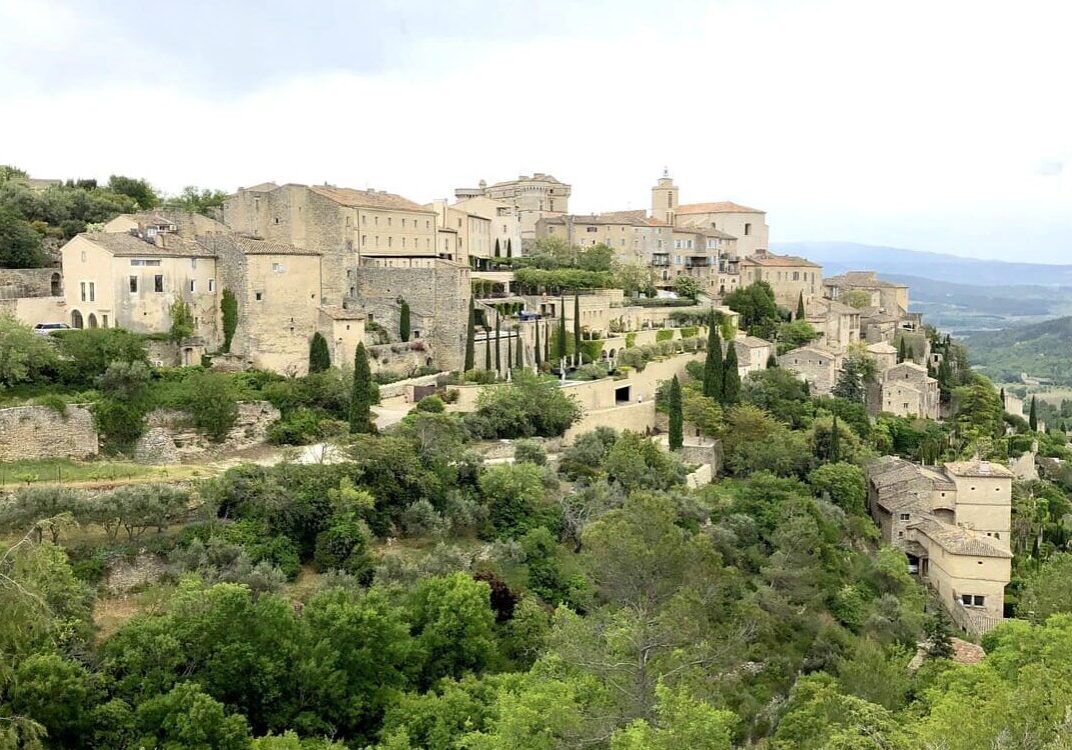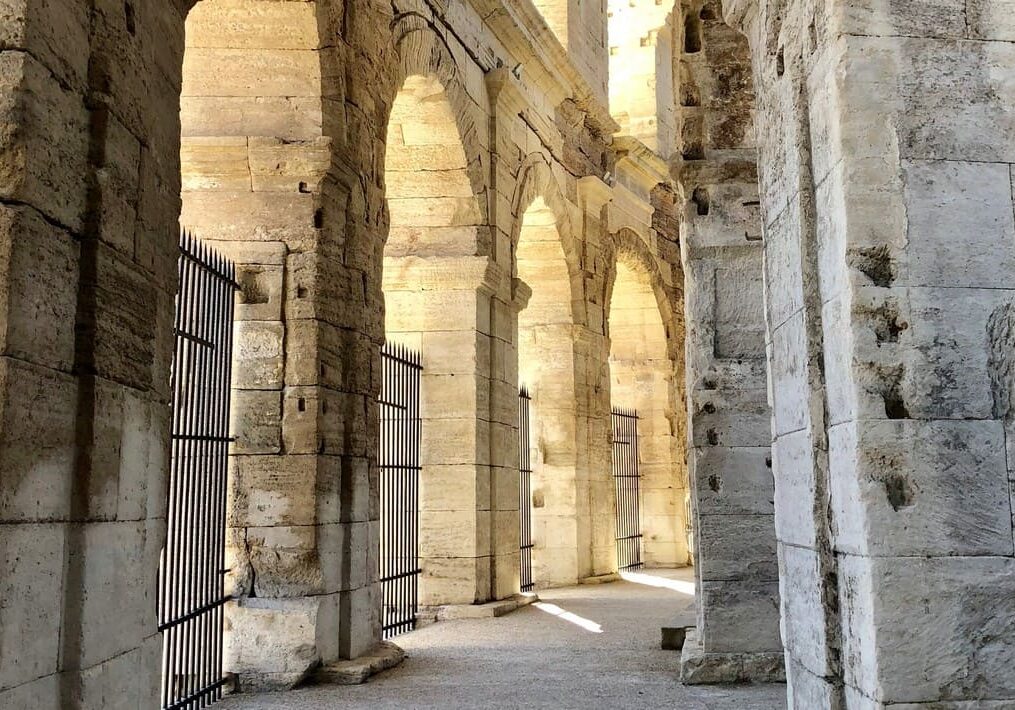Experience Absolute Luxury at the Palais Garnier
The Palais Garnier has incredible detailing, opulence and majesty
Be prepared for unmatched extravagance
Situated at 10 Place de l'Opéra, in Paris’ IV arrondissement. The 1979-seat Opera House is the most lavish building I have ever seen, perhaps ever built, in the modern age. The stage is the largest in Europe and can hold up to 450 performers!
This impressive masterpiece, built over a mere 15-year period between 1861 to 1875, was designed by Charles Garnier during the grand days of Napoleon III's reign. It was created as part of Haussmann’s transformation of Paris, and it shows – every detail feels like it’s meant to impress.
It has incredible detailing and fine furnishings, and is probably the most famous Opera House in the world. The unmatched glory of the interiors, resplendent with glistening chandeliers, tall columns, gilded walls and architectural features will leave you breathless. It was the most expensive building constructed in Paris during the Second Empire, and it shows in every feature and finish.
What I love most is how over-the-top it is, in the best possible way
The grand staircase, with its marble balustrades and gilded candelabras, feels like something straight out of a dream. You can’t help but imagine the elegant dresses and formal tails that must have once swept through there. Then there’s the auditorium, with its famous Chagall-painted ceiling – a riot of colour that feels surprisingly modern against the rich reds and golds of the decor. And, of course, the massive chandelier, which weighs over six tonnes!
The Emperor Napoleon III Commissioned the Palais Garnier
Having survived an assassination attempt outside the original Opera building, Napoleon III commissioned drawings for a new, more permanent Opera House, one which would have a more secure entrance for nobility. Unfortunately, the Emperor never experienced arriving at his splendid masterpiece, having retreated in exile to England, where he died in 1873.
Majestic buildings are everywhere in beloved Paris, but still nothing prepared me for the degree of opulence, finery, sculptures, chandeliers, and the wealth of gold that this incredible building displays.
The Palais Garnier is the setting for Gaston Leroux's 1910 novel 'The Phantom of the Opera'
I couldn’t help but be awed at the sheer majesty of the interiors, and of the glimpse that they give to life in another era. It’s said that the opera house has 2,531 doors, 7593 keys and six miles of underground tunnels with a secret lake – where the Phantom of the Opera lives!
Interestingly, when the foundations were being built in 1862, a combination of wells and pumps (working 24 hours a day) could not keep the groundwater away long enough to lay the necessary substructure. Garnier incorporated a reservoir into his design to redistribute the water and relieve the pressure on the basement walls. It has also kept the water available in case of a fire.
The Genius of Charles Garnier
The vision of Charles Garnier, the architect behind this marvel and only 35 years old at the time, brought together elements of Baroque, Renaissance, and classical influences. The sheer volume of artistry is staggering, with every corner adorned by sculptures, mosaics, and gilt detailing that reflect the aspirations of an era striving for cultural supremacy.
The Grand Foyer, stretching the length of the building, is nothing short of breathtaking, with its immense mirrors and elaborate décor evoking a modern-day Hall of Mirrors in Versailles.
These days, I buy the audio-guides for a tour, which I like to take toutes seul, at my own pace
I learn so many interesting things. Well worth the few extra euros
This is a must-see. 5 stars
Visit their website for more information about ticketing, individual and group bookings, and of course, the famed restaurant, L‘Opera.
My tip:
When you have soaked yourself in the glamour and decadence of it all, you'll need a coffee to recover! Walk at least two blocks away before you sit down. I paid 8.50 Euros for an average coffee across the street, at Café de la Paix. That was in 2015.
Not my wisest investment. Although, I sat outside. I believe it is stunning inside, and I missed it all! No doubt, worth it.
And, if you are looking for other things to do in Paris whilst you ae there, check out my posts 'The Top 10 Things to do in Paris When It Rains', 'French Theatre for English Speakers' or 'Enjoy a Night Out Like a Local at a Theatre in Paris'.
After all, you're in Paris ...
Want to travel with an onboard bag, but not sure how to manage it? Download my free Onboard Bag Travel Checklist
Join the All Things French community and receive one month of free online French lessons

